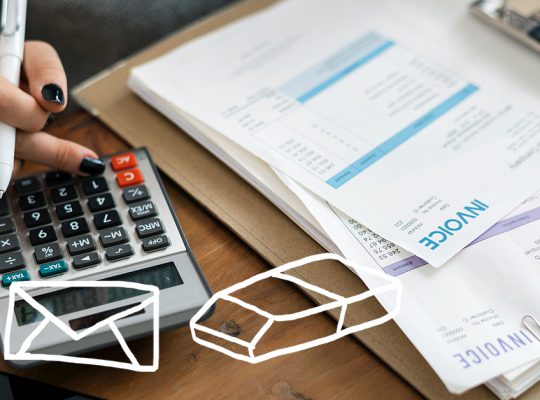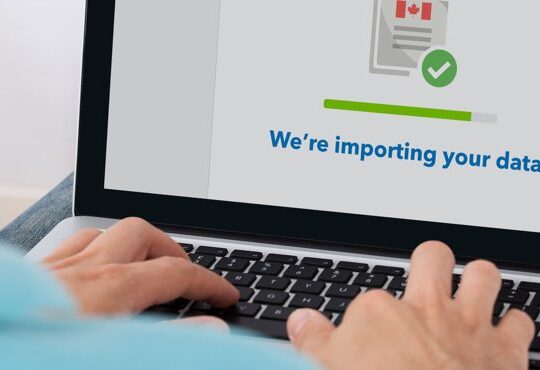How Much Capital Cost Allowance Can You Claim For Your Business?
TurboTax Canada
October 6, 2022 | 3 Min Read
Updated for tax year 2024

Buildings
Buildings may fall into CCA Class 1, 3 or 6 depending on what the building is made of and when you acquired it.
Most buildings acquired after 1987 are in Class 1, with a CCA rate of 4%.
Buildings acquired before 1988 fall into Class 3, with a CCA rate of 5%, unless they fall into Class 6.
Class 6, with a CCA rate of 10%, is for buildings that are made of frame, log, stucco on a frame, galvanized iron, or corrugated metal. The category includes certain greenhouses and fences.
Vehicles
In addition to motor vehicle expenses, (such as insurance, repairs, fuel, etc), you may wish to claim CCA on the vehicle itself. Motor vehicles and some passenger vehicles are in Class 10, with a CCA rate of 30% unless your passenger vehicle was bought in the current tax year and costs more than $30,000, in which case it falls into the special CCA class 10.1. New are classes 54 & 55 for Zero-Emission Vehicles (ZEV) purchased after March 18th, 2019.
If you use your vehicle for both business and personal use you can only claim the percentage of CCA that is directly related to business use. If you use the vehicle 40% of the time to earn income, then you can only claim 40% of the allowable CCA claim for that year.
Computers
Computer hardware and systems software are in Class 45, with a CCA rate of 45% if you bought them after March 22, 2004, and before March 19, 2007.
If your computer hardware and systems software were bought after January 27, 2009, and before February 2011, it may qualify for Class 52 with a 100% CCA rate with no half-year-rule. Certain conditions have to be met. For instance, the asset must not have been or be used principally as electronic process control or monitor equipment and must be situated in Canada.
Otherwise, your computer hardware and systems software belong in Class 50, with a CCA rate of 55%.
Machinery and Equipment
Eligible machinery and equipment, used for the manufacturing and processing in Canada of goods for sale or lease fall into Class 43, with a 30% CCA rate.
The Leftover Category
Furniture, appliances, tools costing $500 or more each, photocopiers, fax machines, some fixtures, some machinery, equipment including refrigeration equipment, outdoor advertising signs, buildings used to store fresh fruit, vegetables and silage all fall into Class 8, with a CCA rate of 20%. So if a piece of property doesn’t seem to belong anywhere else, have a close look at the Class 8 requirements; that’s probably where it fits.
If you have purchased depreciable property to use in your business that doesn’t fit into any of these classes, please note that these are not the only CCA classes that exist. For a more complete listing of CCA classes, see this CRA link: Classes of Depreciable Property.
Related articles

© 1997-2024 Intuit, Inc. All rights reserved. Intuit, QuickBooks, QB, TurboTax, Profile, and Mint are registered trademarks of Intuit Inc. Terms and conditions, features, support, pricing, and service options subject to change without notice.
Copyright © Intuit Canada ULC, 2024. All rights reserved.
The views expressed on this site are intended to provide generalized financial information designed to educate a broad segment of the public; it does not give personalized tax, investment, legal, or other business and professional advice. Before taking any action, you should always seek the assistance of a professional who knows your particular situation for advice on taxes, your investments, the law, or any other business and professional matters that affect you and/or your business.









